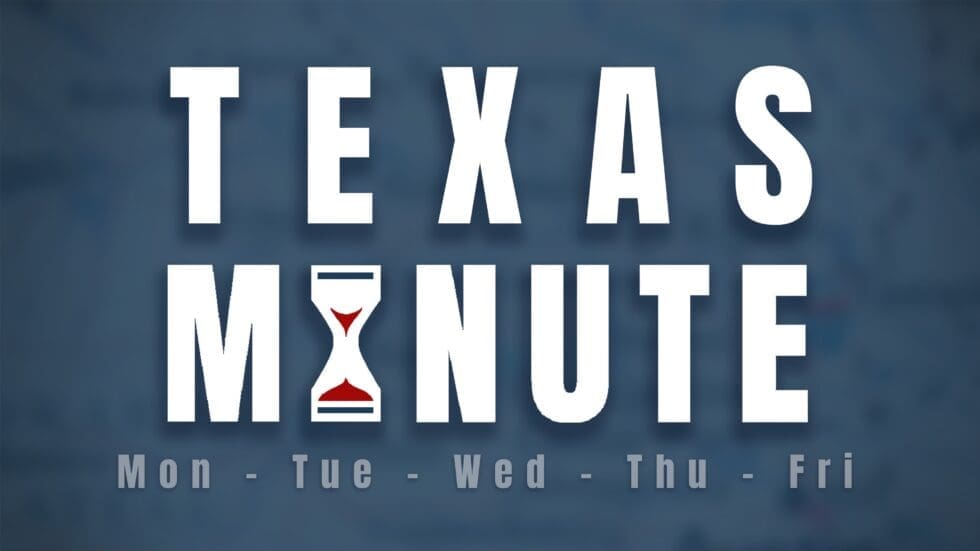I decided to be an educated voter and find out some information about the bond election for Collin College. The bond amount of $600 million seemed large, but Collin County is growing quickly, so on the surface it seemed like the bond made sense and I thought I would probably support it.
What I found out in my research shocked me.
The Tax Rate Game
The Collin County Community College District’s current tax rate of 8.1 cents per $100 makes up only a small part of my property taxes. However, I noted that the bond proposition authorizes the district to raise the debt service portion of property taxes to 12 cents. Currently, only 0.3 cents of the tax goes to debt service and the rest (7.8 cents) goes to operations, so raising the debt service tax by up to 12 cents could mean a massive increase, more than doubling current taxes. Yet college officials are quoted saying they don’t expect the bonds to result in a tax rate increase.
Lack of Transparency and Supporting Documentation
The college has provided almost no information about the bond. I spent a lot of time searching the Collin College website – I even read all of the Board of Trustees’ minutes and presentations for the past year. All I could find regarding the bond was minimal high-level information: no detailed analysis; no support for projected costs, estimates of the tax impact of the bond’s debt service, or impact of the massive facility expansion on future operating costs of the college. I emailed the college’s chief financial officer and much of the board asking for supporting information.
What I received back from CFO Ken Lynn was even more shocking: a single page with a few numbers on it and a couple of assumptions. No supporting details were provided, but the assumption that property values will rise and taxes will double over the next 10 years stood out.
The college appears to be relying on the argument that Collin County is projected to grow a lot, so we need to build a lot of facilities and spend all this tax money.
College Revenue is Growing, But Student Demand is Not
I did some research of my own and what I found troubled me more. We all know Collin County has been growing like crazy for the past five years. So how is Collin College doing? From the 2010-2011 to the 2016-2017 academic year, the college grew by five percent on the basis of contact (instructional) hours and 4.8 percent on the basis of student enrollment. This is a growth rate of less than one percent per year.
Meanwhile, property tax collections increased 40.3 percent in the last five years.
Why, when property tax revenues are up 40 percent but enrollment is only up five percent, does the district need to borrow $600 million and start building facilities like crazy? This sounds like the board decided that if it did not launch a big spending plan, it would have to significantly cut the tax rate. Governments consume our money and they never want to give it up.
The Board of Trustees and Collin College have not fulfilled their responsibility to be good stewards of our money. Come back later when you have a real need, have done your homework, and have been transparent and prepared a report to support your request. At this point, your grade is an “F” and I cannot vote for the bond – or for that matter, for any of the current trustees up for election.




